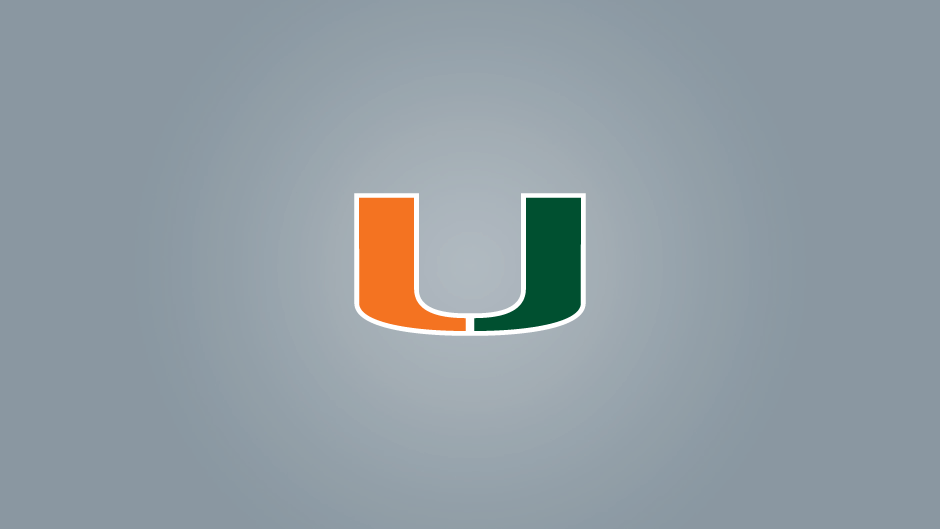Early this month, two RSMAS undergraduates joined Dr. Will Drennan on the Finnish research vessel Aranda. The group spent two weeks in the Baltic Sea assisting Finnish Meteorological Institute as part of an effort to understand (and better quantify) the carbon budget in coastal seas. The students had their travel expenses covered by the RSMAS SURGE (Small Undergraduate Research Grant Experience) awards, which are sponsored by donor’s contributions. Undergraduate student Adena Schonfeld wrote about her experience.
My experience on the R/V Aranda got off to a bit of a rocky start, literally. As soon as we left port we hit a storm, resulting in 3 meter (about 10 foot) waves, which tossed the boat around, tossing me around as I tried to walk, eventually causing me to toss my lunch. I soon realized that the only time I didn’t feel sick was while lying down, so I slept on and off for about 24 hours, until I woke up and suddenly realized that the ship was no longer jolting, just gently swaying. I discovered I could stand up and walk around, and it’s been smooth sailing ever since.
The main purpose of the cruise was to further the understanding of the causes of carbon exchange in shallow seas and estuaries. This required a multitude of measurements to be taken at various locations in the Baltic Sea and at a variety of depths. Very often a profile was created using a CTD which tracks fluorescence levels, oxygen, salinity, density and temperature. A carbon dioxide sensor continuously sat in a tank and had surface water pumped in as the ship moved to take measurements of the water, and full carbon profiles all the way down were created by lowering the sensor into the water using a winch. When the depth exceeded the length of the sensor cable, a canister was used to collect samples of water at depth and was brought back and dumped into a tank containing the sensor. In addition to all of these measurements, meteorological conditions were continually measured, including humidity, temperature, carbon dioxide content and wind. Wave sensors were also placed into the water at various points. All of this may not sound like the most exciting content, and unworthy of a Discovery Channel reality show, but the cruise was still incredibly interesting and enlightening. I learned a lot about carbon dioxide, waves, equipment, and testing procedures. I picked up on nuances of Finnish culture, for example at every meal they eat absolutely everything they pile on their plates and scrape all the sauces together to really clean it off. I also learned that research cruises involve a lot of waiting: waiting to arrive at the next destination; waiting for one set of equipment to finish tests to deploy the next set of equipment; waiting for carbon dioxide levels to even out to move onto the next depth; waiting for a translation from Finnish to English.
All of this waiting is part of the experience and beauty of a research cruise; it gives all the scientists, researchers, and crew a chance to interact and mingle. The people that are attracted to life on the sea are an interesting set, and everyone has really unique stories. I heard stories about life at a Finnish university, past research cruises, and weddings abroad. I learned all about Finnish history and politics. Despite all of the waiting, a lot of work is accomplished, and tests often go all night. There were many nights that I saw both the sunset and sunrise.
I was expecting the research cruise to be an amazing experience, and my expectations were far exceeded. It’s difficult to adequately put into words what the cruise is truly like. A routine is developed and set up and deconstruction of equipment becomes quick and easy, and done right the first time. There’s a lot of camaraderie and teamwork between everyone on board. There is no other comparable feeling to standing on a deck in the sun and looking out and seeing nothing but sky and water; it’s easy to understand why people originally thought the world was flat. Now that my two weeks on the ship are over, I’m left wishing for the gentle rock of the boat to lull me to sleep.
–Adena Schonfeld
Postscript: I’d like to thank Dr. Drennan for presenting me with this opportunity, the Finnish Meteorological Institute for allowing me to participate in their research cruise, and the Rosenstiel School for awarding me the Small Undergraduate Research Grant Experience (SURGE grant)
Adena Schonfeld is an undergraduate student at the Rosenstiel School for Marine & Atmospheric Science.

